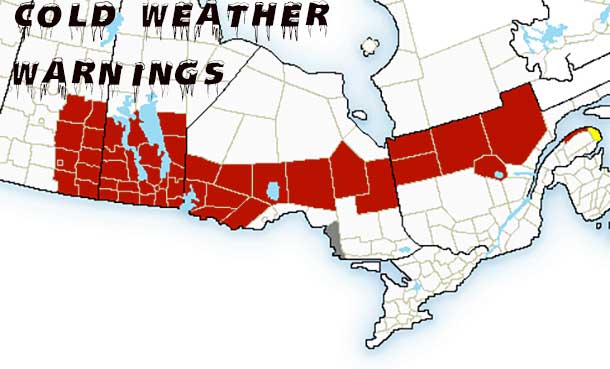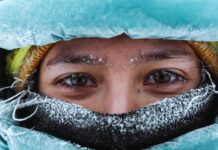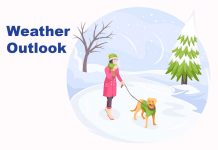
THUNDER BAY – Much of Northwestern Ontario is stuck in the deep freeze. A very cold Arctic air mass has become established across Northern Ontario. Northwest winds of 10 to 20 km/h are combining with low temperatures to produce extreme wind chill values near minus 40 tonight into Tuesday morning.
For Thunder Bay, the region is not under weather alerts, but windchill is at -37c, very near to the weather warning level.
Extreme Cold Warnings are in effect for:
- Atikokan – Shebandowan – Quetico Park
- Upsala – Raith
- Kenora – Vermillion Bay
- Red Lake
- Ear Falls
- Dryden – Ignace
- Fort Frances – Atikokan
- Geraldton – Longlac – Caramat
- Manitouwadge – Hornepayne
- Nakina – Aroland – Pagwa
The prolonged period of very cold wind chills continues.
People outdoors should dress appropriately as frost bite on exposed skin may occur in a few minutes.
Watch for cold related symptoms and complaints which include:
– Respiratory: shortness of breath, wheezing and cough
– Cardiovascular: chest pain and arrhythmias
– Circulation: colour change of finger and toes, pain, numbness and tickling sensation in extremities
– Muscle: pain, stiffness, swelling, restricted movement, weakness
– Skin: itching, pale.
If you experience these symptoms when exposed to the cold, move indoors and begin warming.
Wear appropriate clothing.
– Always wear clothing appropriate for the weather. Synthetic and wool fabrics provide better insulation. Some synthetic fabrics are designed to keep perspiration away from your body which keep you dry and further reduce your risk.
– Dress in layers with a wind resistant outer layer. You can remove layers if you get too warm (before you start sweating) or add a layer if you get cold.
– Wear warm socks, gloves, a hat and scarf in cold weather. Be sure to cover your nose to protect it.
– If you get wet, change into dry clothing as soon as possible. You lose heat faster when you’re wet.
Extreme cold warnings are issued when very cold temperatures or wind chill creates an elevated risk to health such as frost bite and hypothermia.






